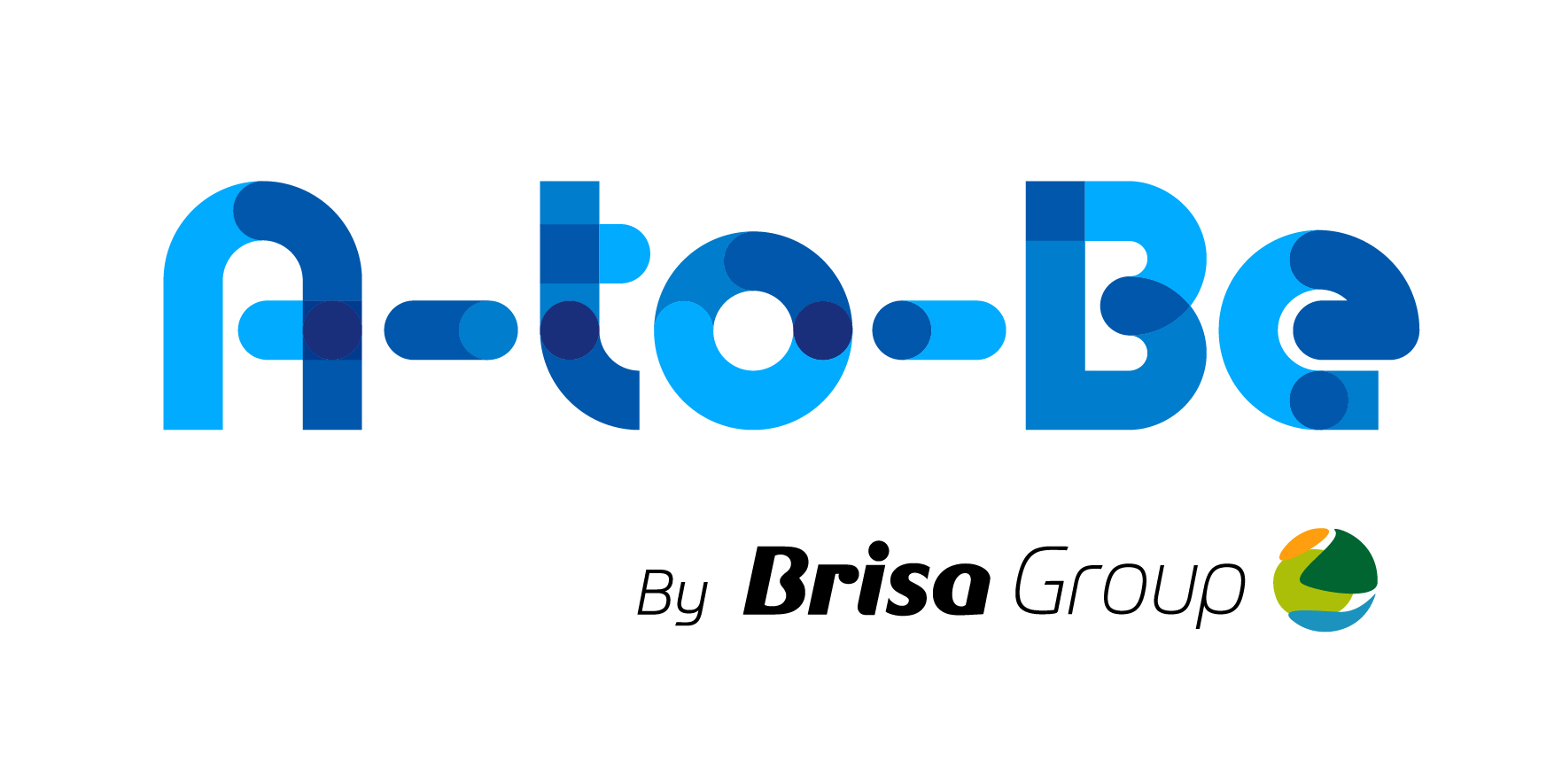![]()
![]()
When a Videowall Got Smarter
When a Videowall Got Smarter
By 2014, Brisa previous video-wall solution had reached its lifetime — a better and newer solution was in high demand. The high maintenance costs and energy consumption, combined with the inability to get timely support and parts, leaving new video codecs in need of integration.
This led to a development project and the supply of a complete solution. This was the moment when Brisa took the opportunity to include other requirements it had been postponing, such as:
– The ability to have up to 50 displays in a single matrix;
– Supporting Full HD 1920×1080;
– Supporting video signal DVI-D, HDMI and display ports;
– No rows nor columns limitations, with different ratio configuration;
– Having all video codecs used supported, or even new ones in the future.
A-to-Be® developed A-to-Be® VideoWallTM solution that, beside solving all pending issues, implemented new requirements, using A-to-Be® ATLASTM graphical interface to manage and configure the video-wall, assigning content to the display matrix. The results speak for themselves:
– Extending MTBF over 8 years;
– Enabling easy LCD replacement procedures without disruption of service;
– The ability to perform remote maintenance;
– Having choices — working in a multi-OS (e.g. Java, Windows, Unix) and being agnostic to the display technologies used in LCD, projectors and neutral to video stream codecs suppliers, ONVIF standards included;
– Better operation flow — using native video sequences, no disruption in video source change with native seamless transition and improving by up to 5 times the speed when compared with the previous solution.
Resilient — with the ability to recover itself from failure scenarios (e.g. power outage, preventive and routine maintenance procedures), recovering to the status prior to the external failure.
